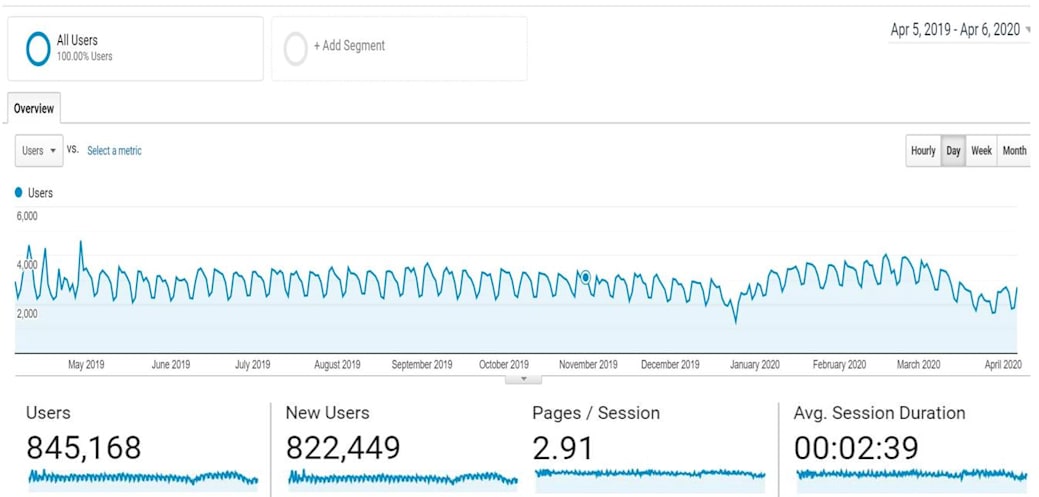“We are now in recession. It is way worse than the global financial crisis,” International Monetary Fund Managing Director, Kristalina Georgieva, stated last Friday.
The Bulgarian economist, Ex-Chief Executive of the World Bank and ‘European of the Year’ (2010), can give an authoritative and non-political view of where the world is headed financially.
And for our retirement living and aged care sectors, finance is very important, with the confidence it generates.
This is a critical time. How our two sectors act now – the next eight months to Christmas – will either sustain or substantially diminish our futures. As businesses. As resourced service providers to our customers. As employers.
This is a big subject that requires a big conversation. Space and time is not right to have it here today in full, so let me just brush the surface for retirement villages (and land lease communities plus rental villages).
We will talk about residential aged care in the coming days. Suffice to say, RAD deposits will be rare this year, and next.
Retirement villages
To ‘buy’ into a retirement village requires the cash from the sale of the family. That will occur when an emotionally acceptable price is offered. The Global Financial Crisis (GFC) taught us that village customers can hold off five years – or forever – if the home offer price doesn’t match historic values (pre-financial collapse).
Customer ‘confidence’ is also about to be assaulted by potentially years of bad economic news.
10% unemployment, including family members; personal investment planning around the family home, superannuation, shares and dividend income undermined; and governments increasing taxes and reducing loopholes and services, will all impact.
History tells us customers will hunker down inside their most significant asset – their family home.
Retirement villages (and land lease and rental villages) will continue to have a 10%+ p.a. natural departure rate, leaving village homes empty.
New, younger residents will be missing, impacting the energy in the village community. The cumulative effect is local ‘word of mouth’ that the village is dying.
Operators will not earn their profits while having to contribute service fees, maintain their village asset, support their village management, and for the 65% of villages older than 25 years, watch them grow older without refurbishment.
This is exactly what happened between October 2007 and 2011 with the GFC. But Kristalina Georgieva says this crisis is ‘far worse’.
And in 2020 we have the expectation of ‘village buybacks’. The ex-banker and village veteran Jim Hazel has been thumping the table to operators to be beware of bad times. They have arrived, and governments will need to be persuaded to relent on their recent buyback legislation or watch villages fail on scale.
But this means Governments will be denying families their inheritance, and aged care homes decent RADs or cash for DAPs.
Not For Profits will be in the same boat, with their standard three-month payouts. Their balance sheets won’t stand the cash outflows, also on scale.
Against this background, will banks and investors provide ‘cash’ to the sector? Cash to payout departing residents, cash to refurbish, cash to build new villages?
The answer is ‘no’ if the sector allows itself to replay history like the GFC, and arguably the post-Four Corners debacle.
Positive action
On the other hand, ‘yes’ the banks will provide the funds, even enthusiastically, if the sector is proactive and gets its value proposition right and actively markets it.
Consider this, the average village requires just 10 new customers a year.
The simple village offer is ‘security and community’ for your remaining years.
COVID-19 has demolished ‘security and community’, especially for ageing Australians, isolated in our own homes for what looks like six months or more.
38% of all people aged 65+ live alone. Isolation is the biggest health risk in society. In the UK, the Government has established a Minister for Loneliness (Tracey Crouch MP) and a public campaign to match. (https://www.campaigntoendloneliness.org/the-facts-on-loneliness/)
In every community, especially with COVID-19, sadly, there is a significant and increasing number of people isolated and alone. There are ten people in every community who need the services that a professional, ethical retirement village offers.
Demand is great but latent. If we deliver the services and a confidence in the village offer, the customers and cash, including from banks and investors, will follow. For private and Not For Profit operators.
Villages can be a win for customers and a win for operators.
And for government; village residents are self-funded after all, and delivery of services into villages is the most efficient platform available.
Next steps
We are not going to watch the train wreck come our way. We are building the resources, including staff, to stimulate and educate the community on retirement villages and aged care in this new world. Watch this space.
Operators need to do the same – and we will help.
The ‘customer’ is real and is aware of their own needs. Below is the traffic for our consumer web site villages.com.au. We enjoyed a peak each week of 4,000 visits a day late February ,it dropped to 2,200 on 30 March, but has rebounded to 2,800 yesterday. We will be engage in conversations with them.
We will release a plan for operators to join us in these conversations and proactive actions to build understanding and ‘confidence’ in the village offering.
Across the country, 23,000 village homes become available each year – that is 63 each day, Monday to Sunday. This is a ‘back to basics’ marketing and sales challenge and opportunity. It can be done.
And older Australians, isolated in their own homes, can achieve a far better quality of life.
In coming days, we will expand this conversation to residential aged care (and home care).










